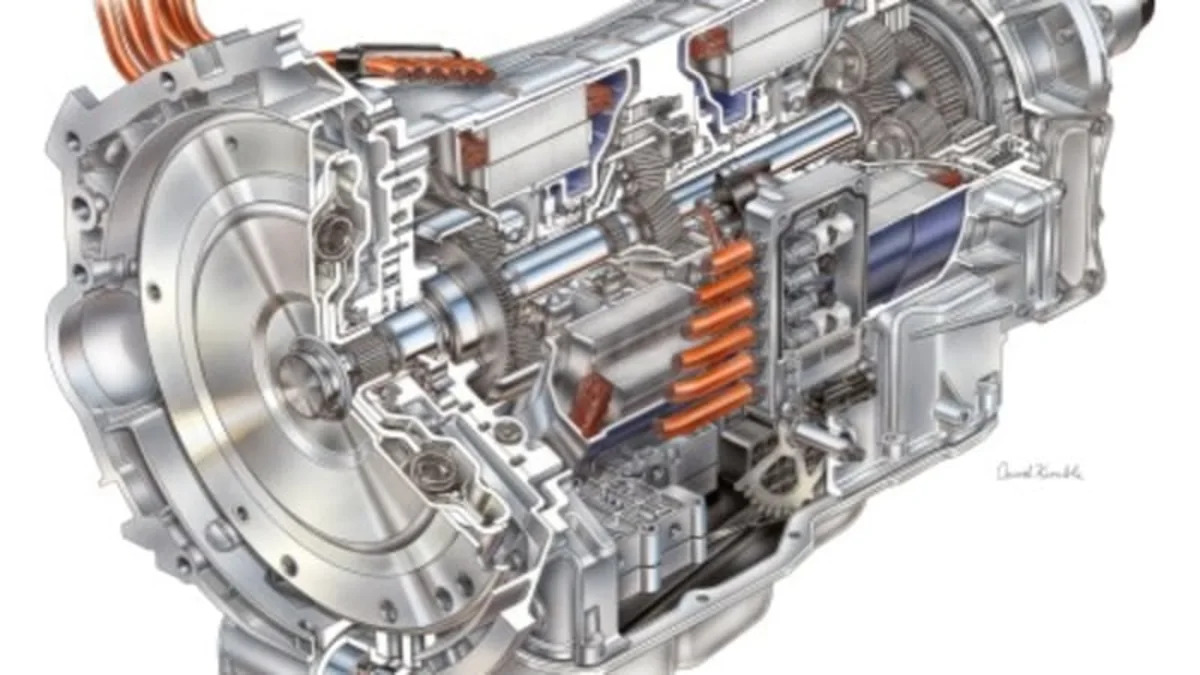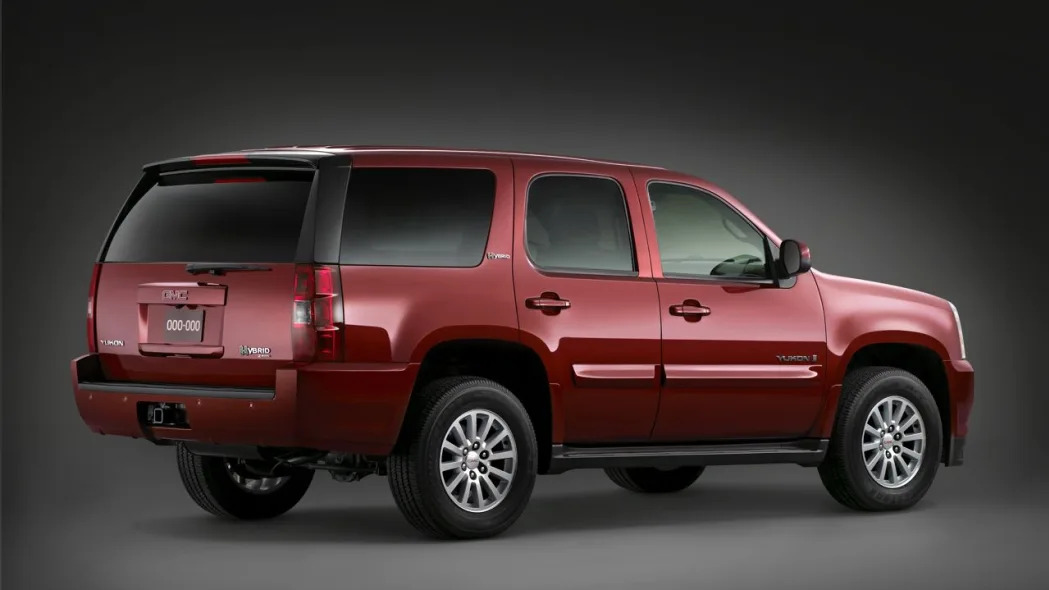Click the image for a high res gallery of the GMT900 hybrids
When General Motors gave us our brief (and I mean brief, it was only about ten minutes behind the wheel) first exposure to the new Tahoe and Yukon hybrids the other day they weren't there alone. Along with the GM chief engineers and vehicle line executives, were representatives from DaimlerChrysler and BMW. The Two-Mode hybrid system was originally created by GM's Allison transmission division for buses and other heavy duty vehicles but GM decided to partner with DCX and BMW to migrate the technology to light duty vehicles.
While the decision to apply the hybrid system to the big SUVs may seem a highly dubious one from the perspective of green car fans, GM does have some rationale for their choice. The new Tahoe and Yukon are only the first of many vehicles that will be getting this technology in the next few years including significantly smaller vehicles than the ones we drove. Although declining in popularity in an era of higher gas prices, the fact remains that Americans still buy a lot more big trucks every year than they do small cars.
Continue reading after the jump
When General Motors gave us our brief (and I mean brief, it was only about ten minutes behind the wheel) first exposure to the new Tahoe and Yukon hybrids the other day they weren't there alone. Along with the GM chief engineers and vehicle line executives, were representatives from DaimlerChrysler and BMW. The Two-Mode hybrid system was originally created by GM's Allison transmission division for buses and other heavy duty vehicles but GM decided to partner with DCX and BMW to migrate the technology to light duty vehicles.
While the decision to apply the hybrid system to the big SUVs may seem a highly dubious one from the perspective of green car fans, GM does have some rationale for their choice. The new Tahoe and Yukon are only the first of many vehicles that will be getting this technology in the next few years including significantly smaller vehicles than the ones we drove. Although declining in popularity in an era of higher gas prices, the fact remains that Americans still buy a lot more big trucks every year than they do small cars.
Continue reading after the jump
Given the thirst of those millions of trucks that are sold every year it makes sense to do whatever they can to improve them. Because the Two-Mode hybrid system offers advantages over a wider operating range than other competing systems it can provide benefits to these vehicles in both urban use and the longer road trips that they are often used for. Admittedly an SUV that gets 22-23 mpg isn't green by any stretch of the imagination, but as has been argued here before, "Is any internal combustion engine car ever really green?" While we work on new drivetrain technologies for the future, we have to optimize what we have today and at least try and make it "greener."
The partnership is creating at least three variations of the Two-Mode transmission for different applications. The first one is the large RWD/AWD variant that is being used in the GMT900 trucks and the Dodge Durango/Chrysler Aspen. Next up is a transaxle version that will appear in the Saturn Vue in the second half of 2008 as a higher end upgrade to the mild hybrid belt-alternator-starter system that will remain available. The two-mode Vue will also get a version with the NiMH battery pack replaced by a lithium ion pack and plug-in capability. Undoubtedly it will turn up in other vehicles as well. How about the Outlook, Acadia or maybe the Chrysler minivans?
The third version goes back to the longitudinal arrangement and is intended for passenger car type applications. As expected no one likes to talk about future products but BMW did acknowledge that this third version would be the version that they use although no further details would be revealed. This one is also likely to turn up in Mercedes vehicles and seems like a likely candidate for the next-gen Chrylser LX platform. Unfortunately everyone was non-committal about other engine combinations such a Duramax diesel hybrid which seems like a natural.
One question that was answered was where the transmissions would come from. General Motors will be building them at their Baltimore transmission plant and supply them to DaimlerChrysler and BMW. They will all use basically the same hardware with the main differences being in the cases to fit the individual manufacturers engines and chassis.
Each manufacturer will also do their own calibration work to meet their own performance requirements. The integrated design is configured to allow it to be adapted to most existing vehicles without major redesign. Together the three partners have adapted this technology to fit into almost any vehicle. So we have many more applications of this system to look forward to in the next few years.



Sign in to post
Please sign in to leave a comment.
Continue